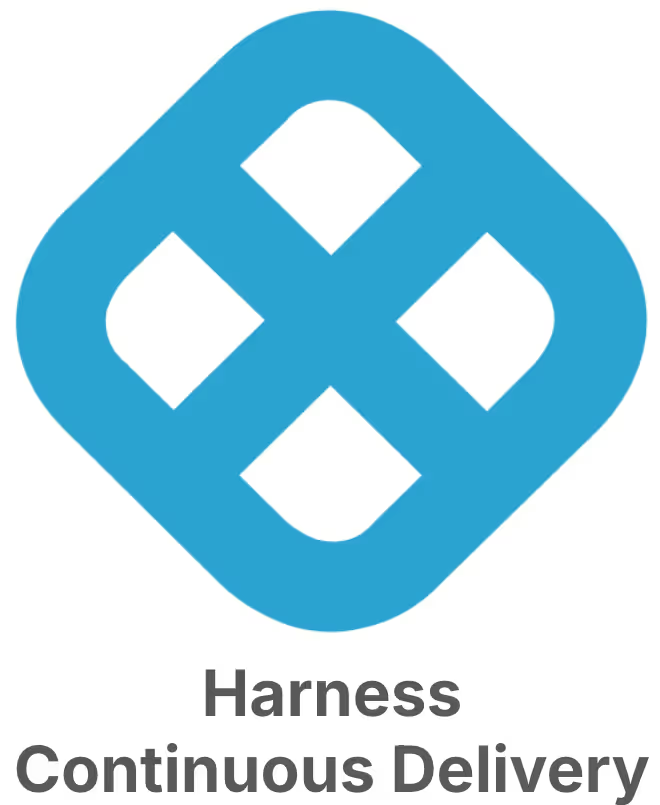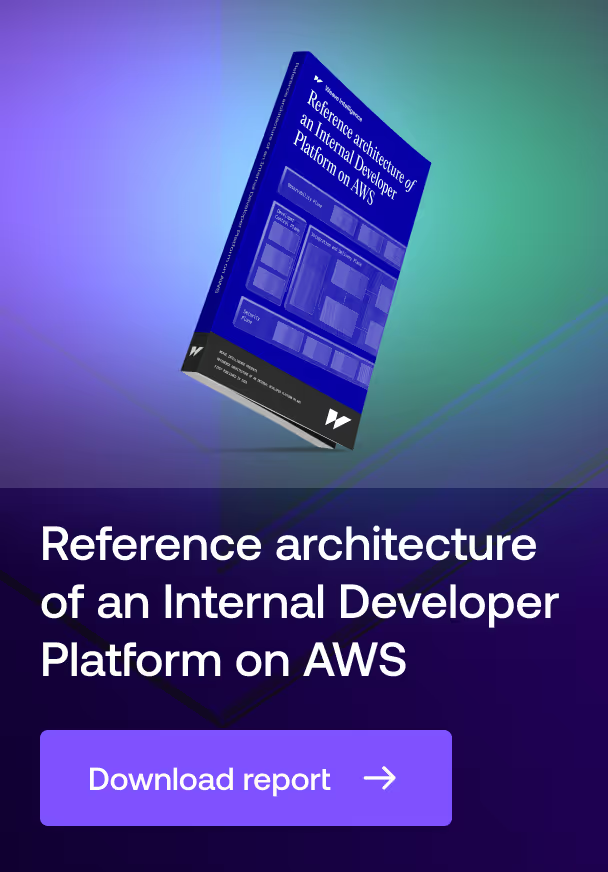
Harness
Profile
The Harness platform comprises several integrated components working together: a centralized control plane for pipeline orchestration and policy management, lightweight delegates that run in target environments to execute deployments, a template engine for creating reusable deployment patterns, and an AI-powered continuous verification system that monitors deployments and can automatically trigger rollbacks when anomalies are detected. These components work with existing tools rather than replacing them, integrating with source control systems, artifact repositories, monitoring platforms, and GitOps tools like ArgoCD and Flux.
One aspect that distinguishes Harness CD from traditional deployment tools is its approach to governance through policy-as-code. Instead of rigid approval gates or manual oversight, platform teams define policies as code that automatically evaluate deployment configurations and runtime conditions. This enables developers to modify their pipelines self-service while ensuring compliance with organizational standards, effectively shifting governance from reactive gatekeeping to proactive guidance that scales with the organization.
Focus
The fundamental idea behind Harness CD involves specializing exclusively on deployment, rollback, and promotion decisions rather than being a generalist CI/CD platform. Harness separates continuous integration from continuous delivery into distinct, purpose-built modules that share common components. This focused approach allows Harness CD to deeply optimize for deployment-specific challenges like progressive delivery strategies, intelligent rollback mechanisms, and the complex decision-making around when to promote releases through environments.
It's important to note, however, that this specialization comes with trade-offs. While Harness CD excels at deployment orchestration and offers sophisticated features like AI-powered rollback and extensive deployment strategies, organizations still need separate tools or modules for source control, build processes, and testing.
The platform assumes you have a mature CI pipeline elsewhere and focuses purely on taking built artifacts through deployment environments. This architectural decision means additional integration overhead but enables deeper capabilities in deployment-specific areas that generalist tools often treat as afterthoughts.
Background
While the CI/CD tools space has been well established since the mid-2010s, major shifts in DevOps toolchain construction, cloud-native architectures, and the rise of GitOps created opportunities for purpose-built solutions.
Harness co-founder Jyoti Bansal recognized that tools like Jenkins were originally designed for continuous integration and retrofitted for deployment, leading to complex, script-heavy approaches that were difficult to maintain at scale.
He was frustrated by this while CEO of App Dynamics, and that led him to found found Harness and create Harness CD in 2017. This experience with deployment challenges during his time as CEO of AppDynamics motivated him to co-found Harness in 2017.
Since then, Harness has created additional modules across the DevOps lifecycle offering its customers the choice of adopting one or two capabilities and plugging them into existing toolchains, or into a full integrated DevOps platform.
Harness main features
- Templates that scale with your organization: Harness CD's template system enables platform teams to create reusable deployment patterns that encode best practices, security requirements, and governance policies. Teams can instantiate these templates for new applications and customize them within defined parameters, ensuring consistency across hundreds of services while avoiding the maintenance nightmare of managing individual pipelines. When templates are updated, changes propagate automatically to all pipelines built from them.
- Deployment strategies without the scripting: Unlike tools that force teams to script custom deployment logic, Harness CD provides built-in support for canary deployments, blue-green releases, rolling updates, and other progressive delivery patterns. These strategies work out-of-the-box with Kubernetes, traditional VMs, and serverless platforms, eliminating the need for teams to reinvent deployment patterns or maintain brittle custom scripts.
- AI-powered safety nets for production: Harness CD's AI Rollbacks analyzes metrics, logs, and health checks during deployments using machine learning to detect anomalies that indicate problems. When issues are identified, the platform can automatically trigger rollbacks to the last known good state, providing a safety net that prevents bad deployments from impacting customers. This intelligent monitoring goes beyond simple health checks to evaluate business metrics and performance indicators.






